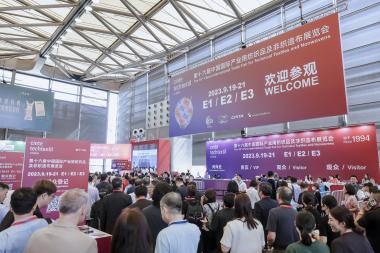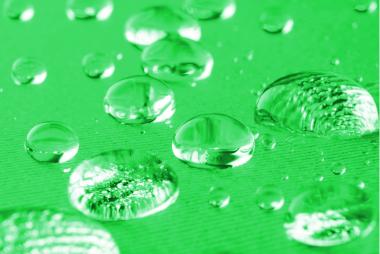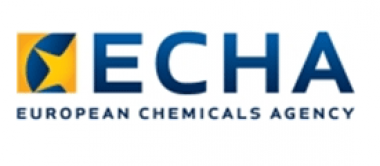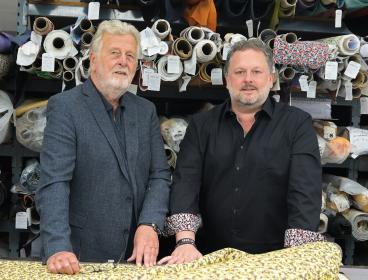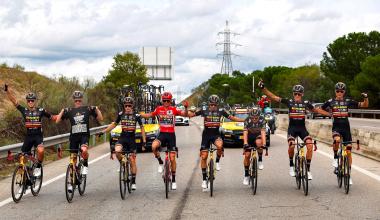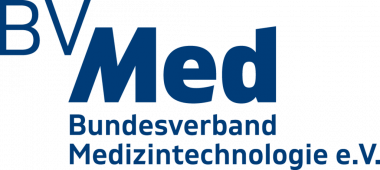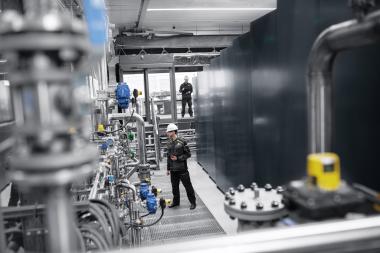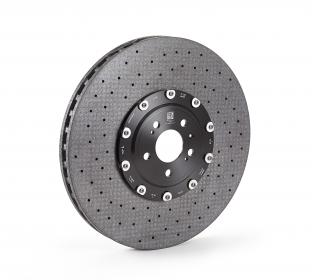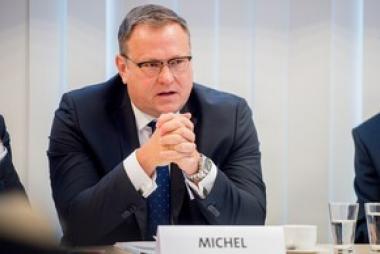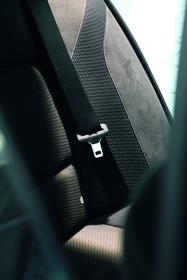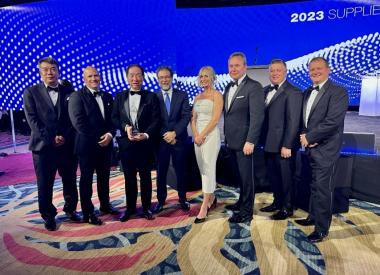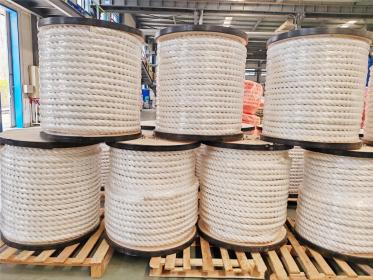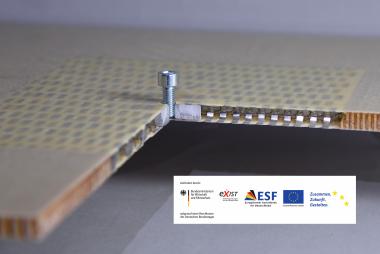One-third increase in exhibitors at Cinte Techtextil China 2023
Since the rapid growth brought about by the pandemic, the technical textiles and nonwovens markets are stabilising towards a new normal – one in which technological innovation, sustainable development, and intelligent manufacturing are the most sought-after qualities. Held from 19 – 21 September 2023 at the Shanghai New International Expo Centre, the fair amplified this new industry direction, both through its fringe programme and across the booths of the 40,000 sqm show floor. With a nearly one-third increase from 2021, 467 exhibitors representing 13 countries and regions engaged a significantly international visitor flow, numbering 15,542 total visits from 52 countries and regions. Suppliers showcased up-to-date products for multiple application areas, with various equipment, technical textiles and nonwovens for agriculture, automotive, protective apparel, and medical and hygiene especially prevalent.
Speaking at the fair’s close, Ms Wilmet Shea, General Manager of Messe Frankfurt (HK) Ltd, had an optimistic outlook for the future of the sector: “Sustainability and innovation often go hand-in-hand, and walking through the various halls, zones, and pavilions these past few days the evidence for this was widespread. With environmental protection more important than ever, and buyers across application areas increasingly sourcing eco-friendly solutions, our exhibitors were well-placed to meet that demand. This fair is consistently at the leading edge of technological progress, and with the global and domestic markets showing signs of improving further, we are already looking forward to what we can offer at next year’s edition.”
With many overseas exhibitors making a comeback, this year’s fair was marked by the return of the Taiwan Pavilion and the 40-exhibitor strong European Zone. Beyond the international areas, domestic pavilions were organised by Beijing Guanghua, China Hang Tang Group, Funing, Jiujing, Shenda, Tiantai, Xianto, and Xiqiao, showcasing nonwovens for various sub-sectors, including filtration and medical. Valuable insights were exchanged at multiple fringe events, including the 11th China International Nonwovens Conference, the Advanced Technical Textiles Industry Chain Synergistic Innovation Development Forum, various events covering marine textiles and rope netting, and the “Kingsafe Dangs” National University Students' Nonwovens Development and Applications Showcase. Visitors, meanwhile, were pleased with the innovation on show across the entire platform.
The fair’s product categories cover 12 application areas, which comprehensively span a full range of potential uses in modern technical textiles and nonwovens. These categories also cover the entire industry, from upstream technology and raw materials providers to finished fabrics, chemicals and other solutions. This scope of product groups and application areas ensures that the fair is an effective business platform for the entire industry.
Cinte Techtextil China Messe Frankfurt HK, Ltd automotive textiles Technical Textiles medical textiles
Messe Frankfurt (HK) Ltd


